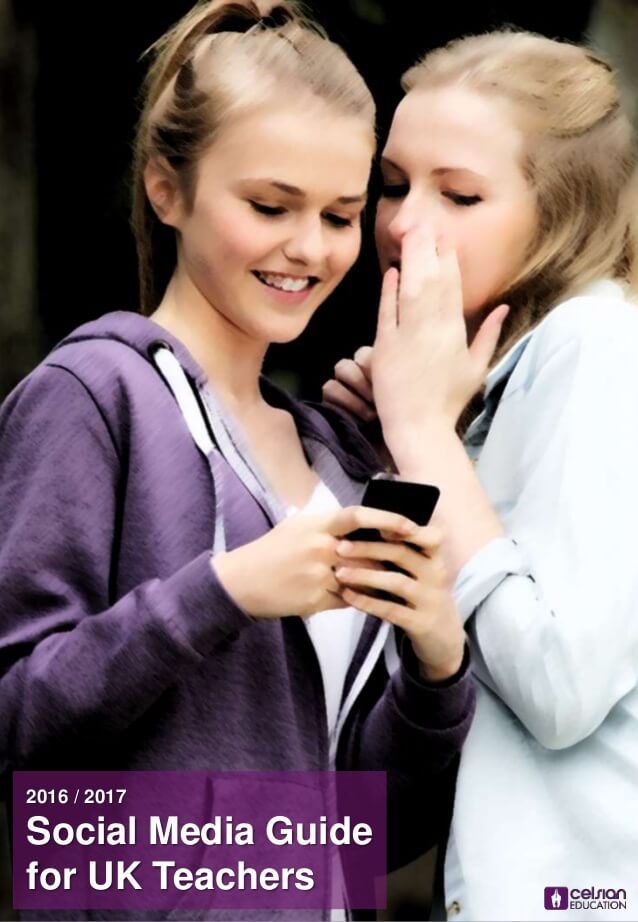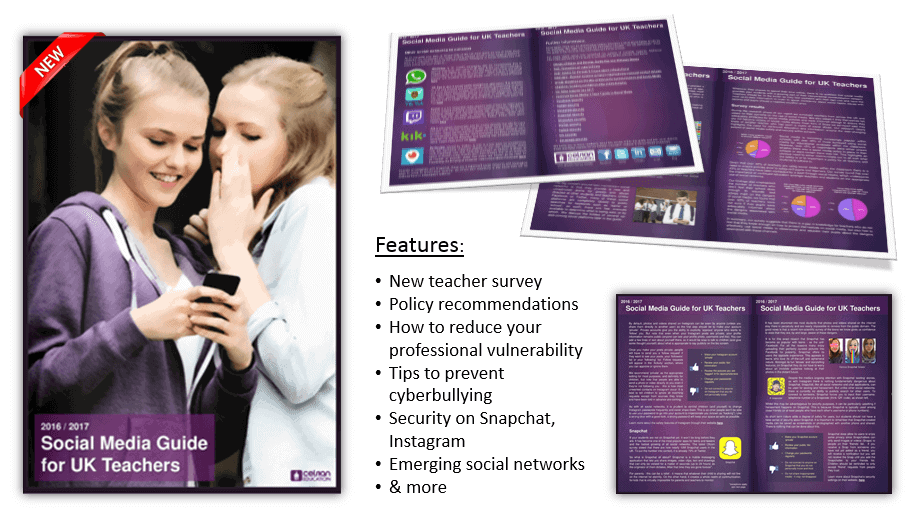
Outside of the school environment, social media is fast becoming the primary form of communication between children and teenagers. It has revolutionised social interaction and has created countless communities in which participants can share information, interests, advice and entertainment. Today’s younger generations have become increasingly tech savvy as a result of adapting to varying online programmes and with so much information literally at their fingertips, they are now considered the most intelligent and clued up generation there has ever been.
Although there are clearly numerous upsides to social media there are just as many opportunities for these platforms to be used in a negative manner, whether that be to provoke other users or even to cause direct harm. Social media is in its infancy as a form of interaction and there has been a lot of uncertainty and fear-mongering regarding safety, privacy and harassment online with several calls for definitive support and education on the subject – for both the younger generations and those responsible for them. To assist teachers in protecting both children and themselves from the pitfalls of social media, we have recently launched Celsian Education’s 2016 Social Media Guide for UK Schools & Teachers. This free guide covers a broad range of subjects from detailed information of each of the most popular social media platforms to how to spot and deal with cyberbullying.
With the rise of the internet, bullying is becoming more of a complex issue as the abuse can be unrelenting and have far more serious implications now we have fully embraced the digital age. Last year Childline had 11,000 counselling sessions with young people specifically about online issues, revealing just how serious a problem this is.

Children are not only vulnerable to abuse from their peers; anyone can use false images and information to connect with strangers, meaning that we’re all possible victims. Because of this, it is vitally important that not only are teachers and parents aware of the inherent dangers of social media but the children know how to conduct themselves and what to do if problems arise.
By staying up-to-date with the latest apps and platforms via our Social Media Guide you and your students can enjoy the multitude of opportunities that come with social media and work to minimise the poor behaviour associated with such useful online tools. This guide also contains the most recent social media recommendations from trusted sources such as NASUWT, UK Department for Education, UK Safer Internet Centre, Childnet International and Edutopia, and we will update this guide periodically with relevant information as new trends develop.
For more information or to read the full article please click here.


Responses